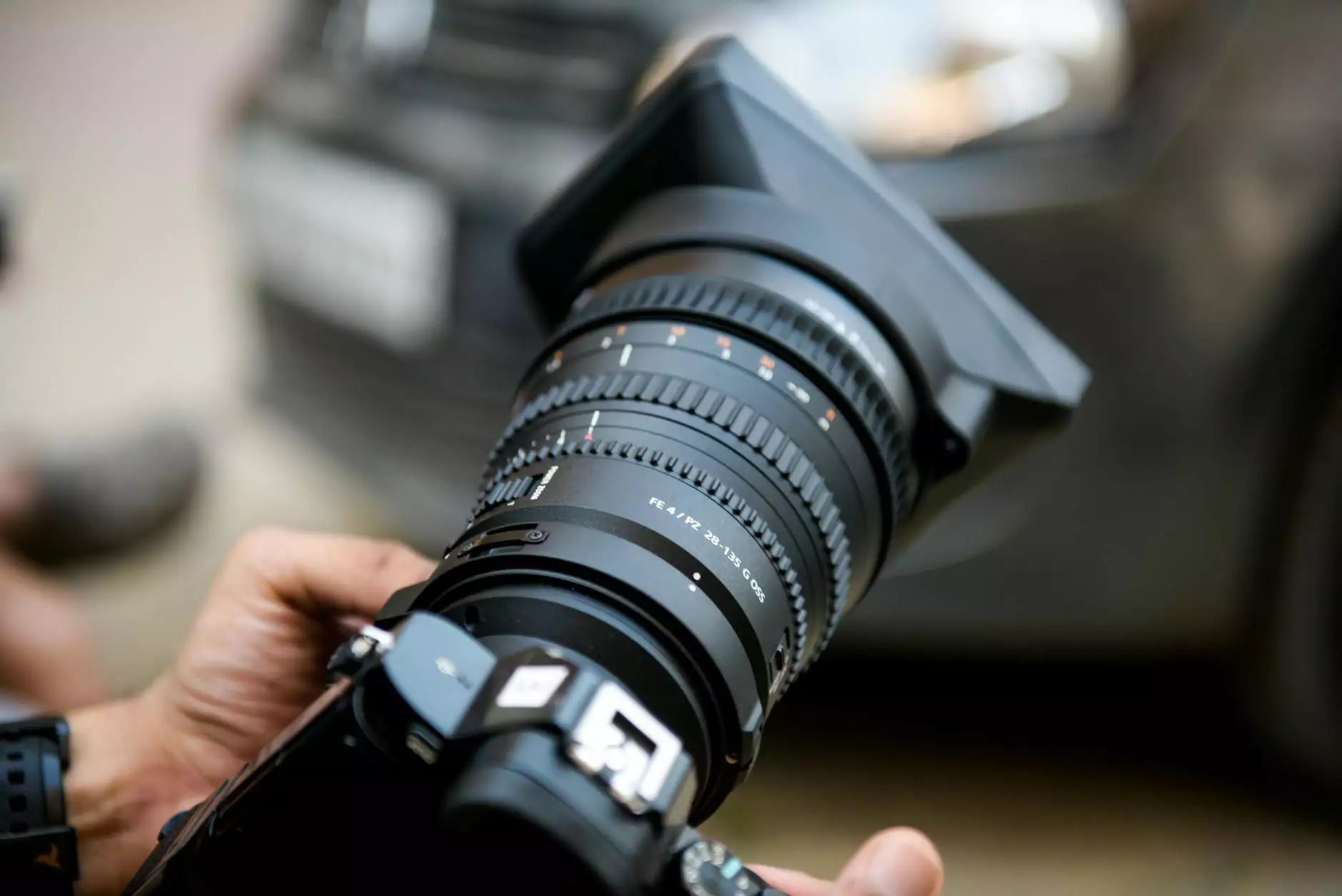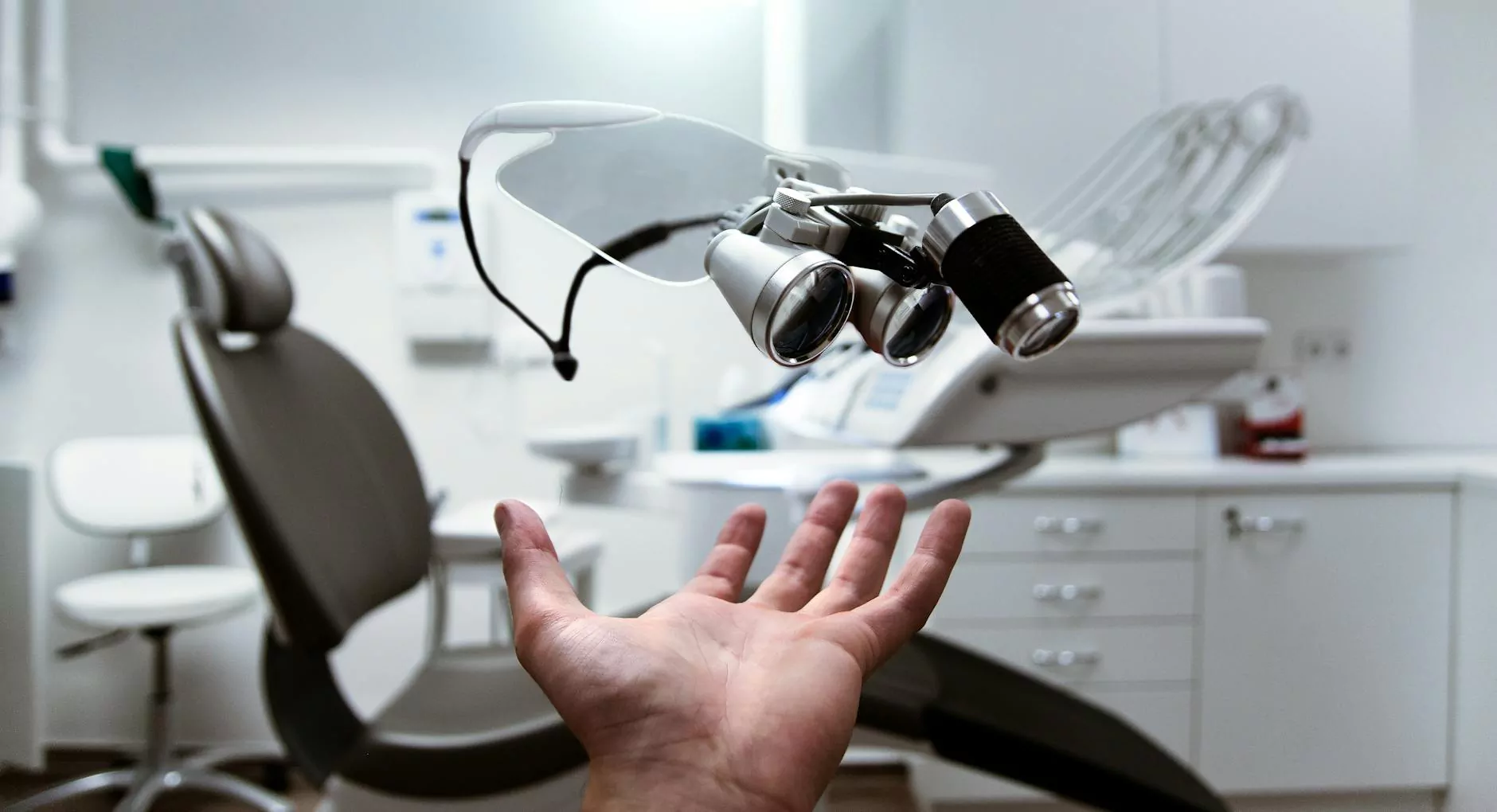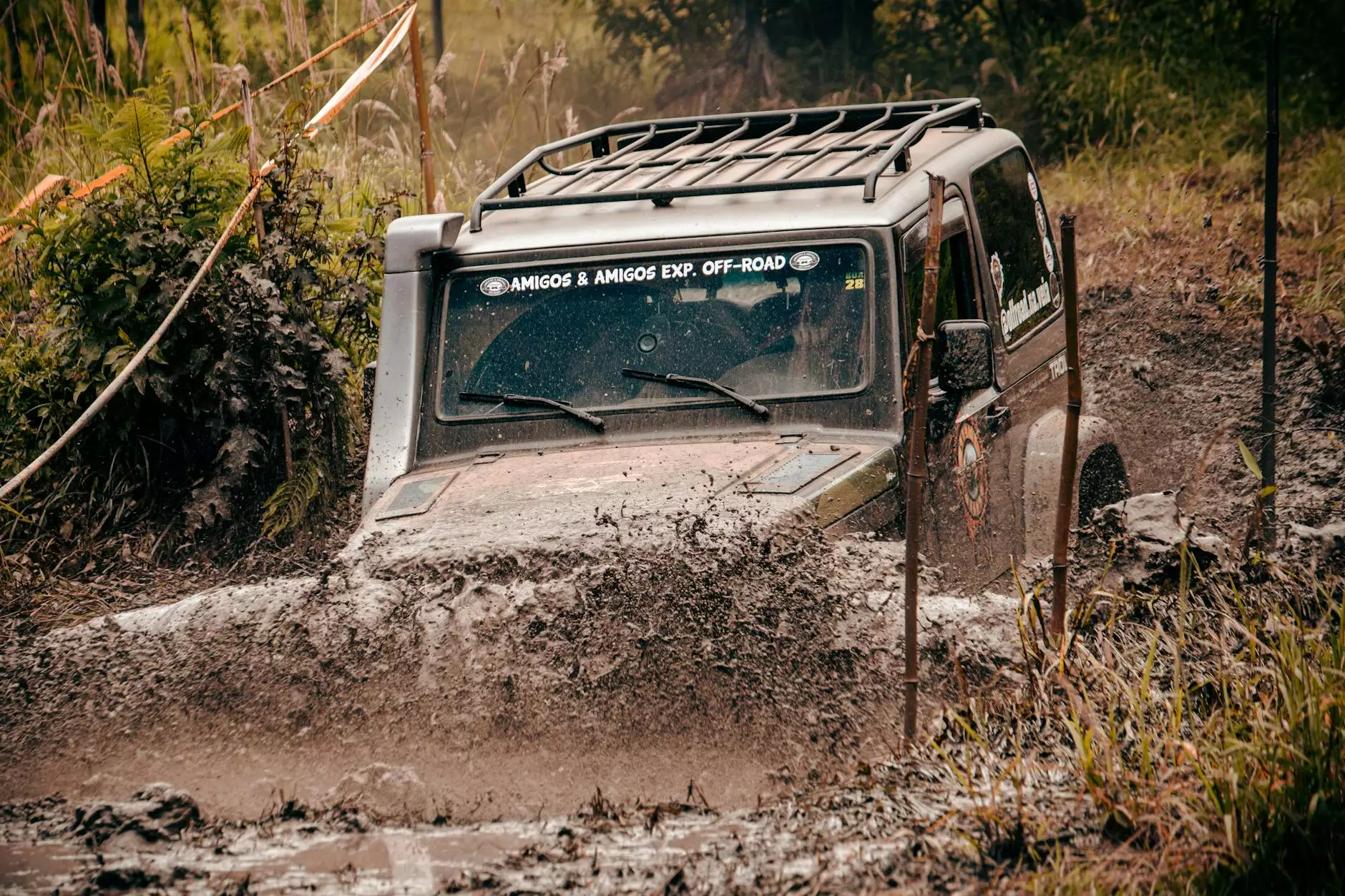Mastering the Art of Shooting a Timelapse Video: The Ultimate Guide for Photographers and Real Estate Professionals

In today’s fast-paced digital landscape, visual content dominates the way we communicate, market, and create lasting impressions. Among the various techniques that elevate visual storytelling, shooting a timelapse video stands out as a highly effective method to convey motion, change, and the passage of time in a captivating way. Whether you are a professional photographer, a real estate agent seeking to showcase properties dynamically, or a business looking to create engaging marketing content, mastering the art of timelapse filmmaking can transform your visual strategy.
Understanding the Power of Timelapse Photography
Timelapse photography involves capturing a sequence of images at set intervals and then projecting those images in rapid succession to produce a video that compresses time. This technique lends a cinematic quality to footage, highlighting phenomena that are otherwise imperceptible in real-time. From bustling cityscapes and blooming flowers to construction projects and sunset transitions, the possibilities are endless for shooting a timelapse video.
When expertly executed, timelapse videos serve multiple purposes, including:
- Enhancing storytelling through dynamic visuals
- Showcasing progress and transformation
- Capturing subtle environmental changes
- Engaging audiences with visually stunning content
- Providing professional-grade marketing material for real estate and commercial clients
Key Components for Shooting a High-Quality Timelapse Video
Achieving impressive timelapse content requires a combination of technical knowledge, precise planning, and creative vision. The main components include the right equipment, meticulous camera settings, optimal location selection, and post-processing editing. Here’s a comprehensive breakdown:
1. Selecting the Right Equipment
- Camera: Mirrorless and DSLR cameras offer the flexibility, manual controls, and resolution needed for professional timelapses. Consider models with intervalometers or built-in interval shooting capabilities.
- Tripod: Stability is critical. Use a sturdy tripod to prevent camera shake during long shooting sessions.
- Lenses: Wide-angle lenses are popular for capturing expansive scenes, but telephoto lenses can create compelling compression effects.
- Accessories: Extra batteries, memory cards, filters (like ND filters to control light exposure), and intervalometers are essential for prolonged shoots.
2. Planning Your Shots
Effective timelapses begin with detailed planning. Consider factors such as focal points, lighting conditions, and scene dynamics. Scout locations beforehand to identify the best angles and viewpoints. Determine the length of the final video and the number of frames needed to achieve it.
3. Camera Settings and Techniques
Proper camera settings are vital for crisp, exposure-balanced footage. Adjust settings based on lighting conditions and movement. Here are some best practices:
- Exposure: Use manual mode to maintain consistent exposure throughout the shoot.
- ISO: Keep ISO as low as possible to reduce noise.
- Shutter Speed: Follow the 180-degree rule, setting your shutter speed roughly double your frame rate (e.g., 1/50s for 24fps).
- Focus: Manually focus to prevent focus shifts between shots.
- Interval: Set intervals based on scene motion. Faster motion requires shorter intervals; slower changes can be shot with longer gaps.
4. Shooting Techniques for Different Scenes
Different scenarios call for tailored techniques:
- Urban Environments: Capture city activity, traffic flow, or skyline changes during golden hour or at night for dramatic effects.
- Nature and Landscapes: Show sunrise, sunset, or seasonal changes. Use a slow interval to capture subtle shifts in light and weather.
- Construction and Real Estate: Document project progress or property transformation. Consistency in framing and timing ensures continuity.
How to Effectively Shoot a Timelapse Video for Business and Creative Projects
Achieving professional results requires more than just capturing images; it involves smart execution and post-production finesse. Here are strategic tips to enhance your timelapse projects:
1. Pre-visualize the Final Product
Visualize your desired outcome. Think about the mood, pace, and storytelling aspect. Storyboarding or creating shot lists helps streamline your shooting process and maintains focus.
2. Consistency in Shooting Conditions
Maintain consistent exposure, composition, and camera settings throughout the shoot. Changes can result in distracting flickering or inconsistency in the final video.
3. Use of Motion Control Equipment
Advanced timelapse techniques often incorporate motorized sliders, panning rigs, or cranes that facilitate camera movement, adding cinematic depth. This is especially useful in real estate marketing to showcase properties dynamically.
4. Post-Processing and Editing
Post-production is where your timelapse comes alive. Use software like Adobe Premiere Pro, LRTimelapse, or Final Cut Pro to compile images, smooth transitions, and apply color grading. Techniques like deflickering, stabilization, and speed adjustments can greatly enhance visual appeal.
Real-World Applications of Timelapse Videos in Business Domains
Timelapse videos are highly versatile and offer tangible benefits across various industries:
1. Photography Stores & Services
Photography stores can leverage shooting a timelapse video to showcase their equipment in action or create engaging promotional content that highlights their technical expertise. Offering timelapse services can also attract clients seeking unique content creation.
2. For Photographers
Professional photographers can incorporate timelapse techniques into their portfolios, expanding their creative reach. Timelapse photography not only demonstrates technical mastery but also provides compelling storytelling potential for client projects.
3. Real Estate Photography
In real estate marketing, timelapse videos have become a game-changer. They vividly depict property transformations, landscape surroundings, and construction progress. Realtors use these dynamic visuals to attract buyers and stand out in competitive markets. The ability to shoot a timelapse video of property developments or neighborhood evolutions adds a layer of transparency and trust.
Best Practices for Successful Timelapse Projects on bonomotion.com
At bonomotion.com, we understand the importance of high-quality visuals and comprehensive service offerings. Here are some tips for maximizing your timelapse projects:
- Work with experienced professionals who understand camera mechanics, lighting, and aesthetic storytelling.
- Utilize advanced equipment such as motorized sliders and high-resolution cameras for superior results.
- Plan your scenes and timing meticulously to ensure seamless, engaging footage.
- Carry out thorough post-processing to eliminate flickering, add effects, and refine color grading.
- Regularly update your portfolio with new timelapse projects to showcase versatility and attract a broader client base.
Conclusion: Elevate Your Content with Expert Techniques in Shooting a Timelapse Video
Understanding how to shoot a timelapse video with precision and creativity opens new doors for storytelling, marketing, and artistic expression. Whether capturing the bustling city life, nature's subtle shifts, or a real estate property's transformation, masterful timelapse videos can elevate your brand, attract clients, and engage audiences like never before.
Partnering with professionals at bonomotion.com ensures you have access to elite equipment, expert guidance, and high-quality post-production services to bring your vision to life. Embrace the power of timelapse technology, and watch as your visual content transforms into a cinematic masterpiece that stands out in Google rankings and beyond.









